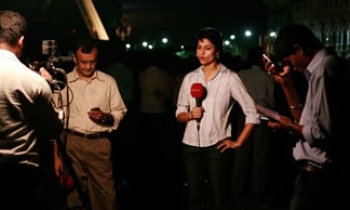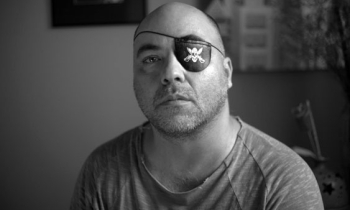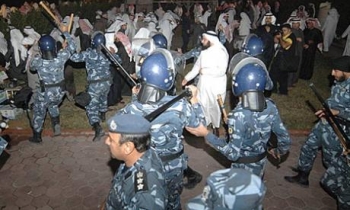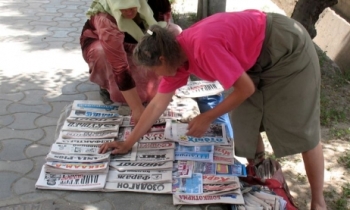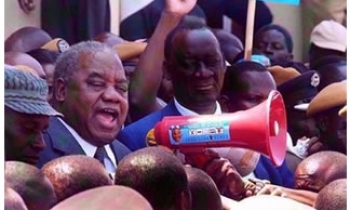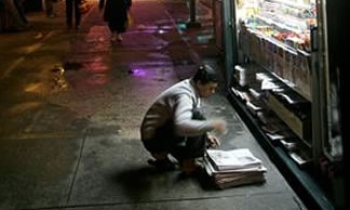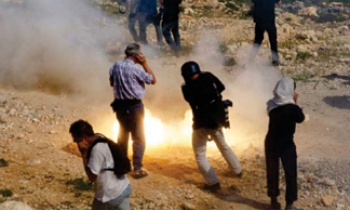Several journalists covering relatives and supporters of a local politician who was about to file his gubernatorial candidacy on the Philippines island of Mindanao Monday were believed to be among those killed by a gang of armed men in Maguindanao province, according to international news reports.
News reports said 21 people were killed after being abducted, including journalists, lawyers, and relatives of the politician. Details of the attack and the number of people killed and injured were still emerging. Another 22 people were unaccounted for, the New York Times reported, citing military officials.
President Gloria Macapagal-Arroyo condemned the attack in a statement and said no effort would be spared to find those responsible. “Civilised society has no place for this kind of violence," she said.
“Covering the news has always been dangerous in the Philippines, but the wanton killing of so many people makes this an assault on the very fabric of the country’s democracy,” said Bob Dietz, CPJ’s Asia programme coordinator. “We welcome President Macapagal-Arroyo’s promise to investigate and prosecute the perpetrators of this terrible violence.”
“Never in the history of journalism have the news media suffered such a heavy loss of life in one day,” Paris-based Reporters sans Frontières (RSF) said. “We convey our condolences and sympathy to all journalists in the Philippines, who are in state of shock after this appalling massacre.”
RSF said, “We have often condemned the culture of impunity and violence in the Philippines, especially Mindanao. This time, the frenzied violence of thugs working for corrupt politicians has resulted in an incomprehensible bloodbath. We call for a strong reaction from the local and national authorities.”
In its statement, the Philippines’ National Union of Journalists said, “This incident not only erases all doubts about the Philippines being the most dangerous country for journalists in the world, outside of Iraq, it could very well place the country on the map as a candidate for a failed democracy.”
Nonoy Espina, the vice-president of the National Union of Journalists of the Philippines (NUJP) told RSF, “The government must without question bring those responsible for this massacre to justice, not just the killers but also the masterminds, whoever they are.”
Col Romeo Brawner, a spokesman of the Armed Forces of the Philippines, said authorities in the town were still identifying the dead. They were using identification cards and other documents they had found at the scene near the town of Ampatuan. The group was at first thought to have been abducted. Their deaths were discovered later in the day, apparently at several different sites, according to local and international media reports. “We launched rescue operations at 11:30 this morning,” Branwer said in an interview with local broadcaster ABS-CBN. “Unfortunately, it turned out to be a recovery operation.”
Armed men seized a convoy of political allies of a local vice mayor, Ismael Mangudadatu, at gunpoint around 10:30 a.m, according to news reports. Genalyn Mangudadatu, the vice mayor’s wife, was in the convoy, heading to file gubernatorial candidacy papers for her husband for the nationwide May 2010 elections. Ismael Mangudadatu was not in the group.
The police have not identified the attackers. Philippine press reports say Mangudadatu was reportedly planning to challenge local political leader Datu Andal Ampatuan for the provincial governor’s office.
The Philippines is one of the most dangerous places in the world for journalists, with more than 38 killed for their work since 1992, and 27 others in which the motive was not clear. Very few cases have been brought to trial, giving the country one of the worst records of impunity in the cases of killed journalists in the world.

